-
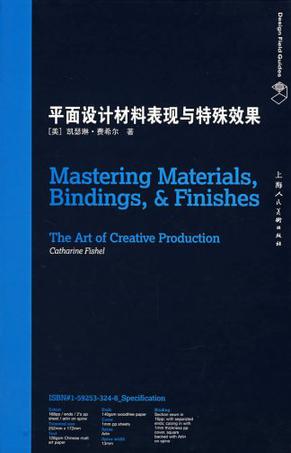
平面设计材料表现与特殊效果
《平面设计材料表现与特殊效果》是一本涉及到数百种处理方式的指导书,并讲述了在你的设计中如何正确运用这些处理方式的相关知识。你将获悉众多设计理念、难点、缺陷,还有那些富有经验的设计者运用那些设计效果的心得体会。 设计者喜欢在他们的设计中融入特别的元素,让设计显得出众。这些特殊处理常常是使得观者与设计产生共鸣的要素。然而,这些特殊的润色成本常常是昂贵的,而且要正确地运用它们也相当困难。 -
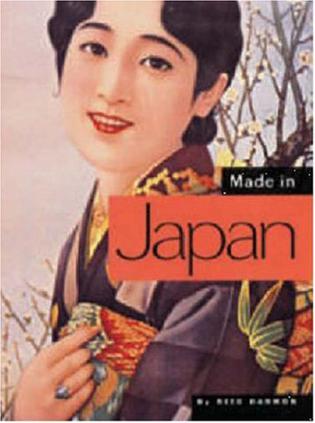
Made in Japan
Made in Japan -- Made in Japan—these three simple words conjure playful wit, a delight in detail, formal elegance, and graphic energy. Author of Made in China, Reed Darmon has collected hundreds of images of everyday Japanese design and pop culture ephemera from the past century. Including perfume ads, art deco matchboxes, robot toys, action movie posters, Noh masks, kimono patters, sumo cards, children's books, household product packages, and much more, the fascinating objects assembled here reveal traditional Japanese artistry and techniques as applied to playfully modern design. A stylish object and graphic essay in one, Made in Japan is an extraordinary glimpse into the heart of Japanese popular culture. -
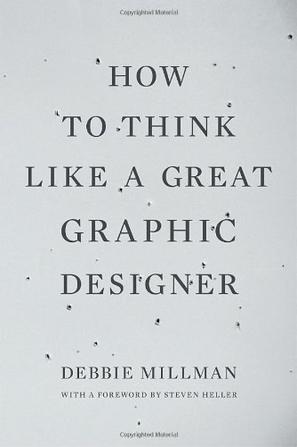
How to Think Like a Great Graphic Designer
Take a peek inside the heads of some of the world’s greatest living graphic designers. How do they think, how do they connect to others, what special skills do they have? In honest and revealing interviews, nineteen designers, including Stefan Sagmeister, Michael Beirut, David Carson, and Milton Glaser, share their approaches, processes, opinions, and thoughts about their work with noted brand designer Debbie Millman. The internet radio talk host of Design Matters, Millman persuades the greatest graphic designers of our time to speak frankly and openly about their work. How to Think Like a Great Graphic Designers offers a rare opportunity to observe and understand the giants of the industry. -------------------------------- Designers interviewed include: Milton Glaser Stefan Sagmeister David Carson Paula Scher Abbott Miler Lucille Tenazas Paul Sahre Emily Oberman and Bonnie Siegler Chip Kidd James Victore Carin Goldberg Michael Bierut Seymour Chwast Jessica Helfand and William Drenttel Steff Geissbuhler John Maeda -
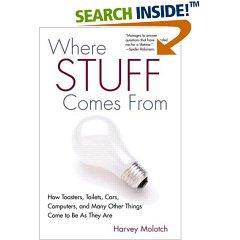
where stuff comes from
No toaster is an island. In fact, as Harvey Molotch demonstrates in this sparkling tour of how things are created, the everyday objects of our life are a delicate and clever intermingling of design, timing and functionality that mirrors contemporary life. Where Stuff Comes From is about paper clips, post-its, bathtubs, cars and all the other stuff in our lives. It is about how these items were imagined into existence and made a part of the American material culture. From the designer to the manufacturer to the business owner to the consumer, Molotch guides us through the worlds of technology, design, corporate culture and popular culture, giving us a sense of how and why we want stuff. He rolls up his sleeves and goes behind the scenes at trade shows and in design studios to speak with the product-makers who gave us the world's best-selling garlic press, the Nike swoosh and Volkswagen's resurrected Beetle. A witty and surprising voyage into the aesthetic unconscious of the consumer, Where Stuff Comes From probes the meaning of the objects in our lives and what our possessions say about us. Ultimately, Molotch opens a fascinating window into our economy, society and culture by unlocking the complex strategies behind simple things. -
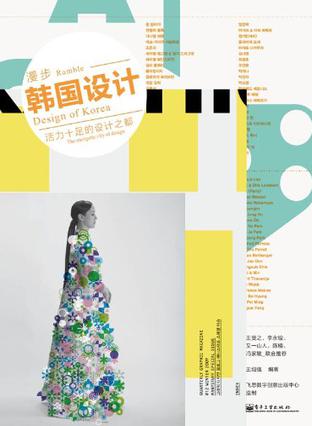
漫步韩国设计
《漫步韩国设计:活力十足的设计之都(全彩)》内容简介:设计,让生活更美好!漫步设计系列,精选世界上设计具有代表性的国家——芬兰、德国、英国、西班牙、巴西、日本、韩国等,通过实地采访,以专业新锐的视角、图文并茂的形式,介绍各个国家、城市的设计状况,网罗国际艺术设计领域的经典案例,包括建筑设计、平面设计、产品设计、室内设计、图形文化等多个设计领域。《漫步韩国设计:活力十足的设计之都(全彩)》以韩国为出发点,通过实地采访,以图文并茂+游记式的文字,让读者全面了解韩国先进的设计理念、独特创意,杰出设计师,设计院校及设计资讯等,让从未到过韩国的读者在轻松的文字中既了解韩国的城市,又了解其设计理念。 -
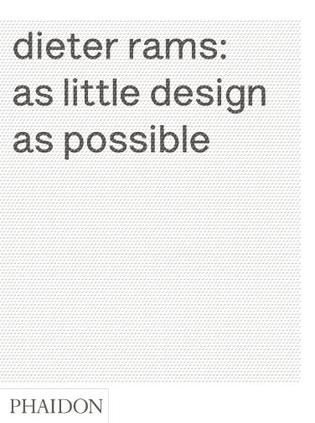
Dieter Rams
Product Description Indifference towards people and the reality in which they live is actually the one and only cardinal sin in design' - Dieter Rams. Dieter Rams' life and work are indelibly linked to his thoughts about how people live, and how they can live better. Products he designed in the 1960s are still being produced and sold today - only one demonstration of the strength of his work. This comprehensive monograph covers both Rams' life and his work, as well as his ideas on good design, which continue to inspire designers and consumers today. A personal foreword by Jonathan Ive evokes the influence that Rams has had on his own work and, by extention, the objects with which so many of us share our everyday lives. An introduction and an essay by Klaus Kemp tell the story of Rams' early life, his training as an architect, and the intellectual context in which his ideas were developed. The next four chapters examine Rams' work and his life - which are more or less synonymous - in depth. This includes his role at Braun as well as the work he did for the furniture company Vitsoe. Each chapter includes sketches, prototypes, finished products and the marketing for those products, giving a complete picture of Rams' work and its context. Two other chapters in this section present Rams' own house, the only work of architecture that he completed, and examine the products he designed at the level of detail, a crucial aspect to his work. A further chapter examines Rams' 'ten commandments' of good design and his credo, 'less but better', in the context of his role as head of design at Braun, and a final chapter explores his legacy in the work of contemporary designers including Naoto Fukasawa, Jonathan Ive, Sam Hecht, and Konstantin Grcic. This beautifully designed book includes a wide variety of visual material, including sketches and technical drawings, photographs of Rams' work as well as his life, archival material from both Braun and Vitsoe, Ingeborg Rams' subtle photographs and Vitsoe's playful graphic design and advertising. This book will appeal not only to fans of Dieter Rams' work, but to everyone drawn to the message behind his 'ten commandments' of good design - which are really ideas about how we can all live better and more sustainable lives.